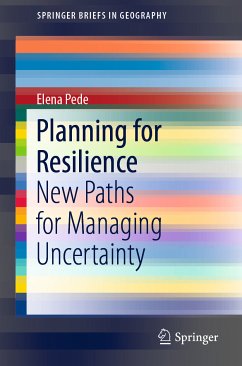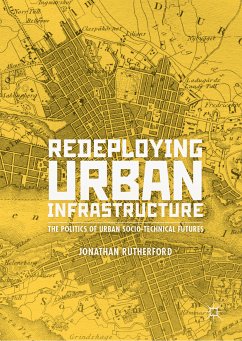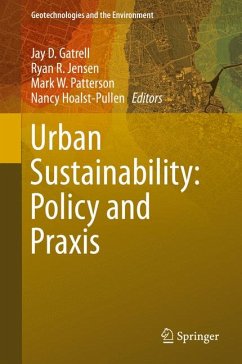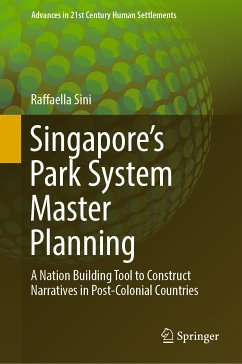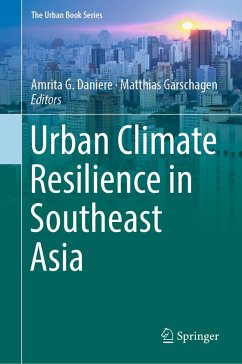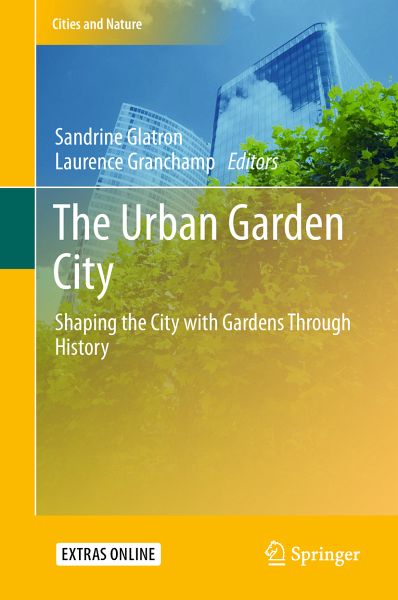
The Urban Garden City (eBook, PDF)
Shaping the City with Gardens Through History
Redaktion: Glatron, Sandrine; Granchamp, Laurence
Versandkostenfrei!
Sofort per Download lieferbar
88,95 €
inkl. MwSt.
Weitere Ausgaben:

PAYBACK Punkte
44 °P sammeln!
Provides illustrative examples of the changing shape and uses of urban gardens in Europe throughout history
Presents interdisciplinary approaches to gardens in cities
Explores the historical evolution of the various views society has attached to this form (nature, food supply, biodiversity) in the cityscape
Dieser Download kann aus rechtlichen Gründen nur mit Rechnungsadresse in A, B, BG, CY, CZ, D, DK, EW, E, FIN, F, GR, HR, H, IRL, I, LT, L, LR, M, NL, PL, P, R, S, SLO, SK ausgeliefert werden.




